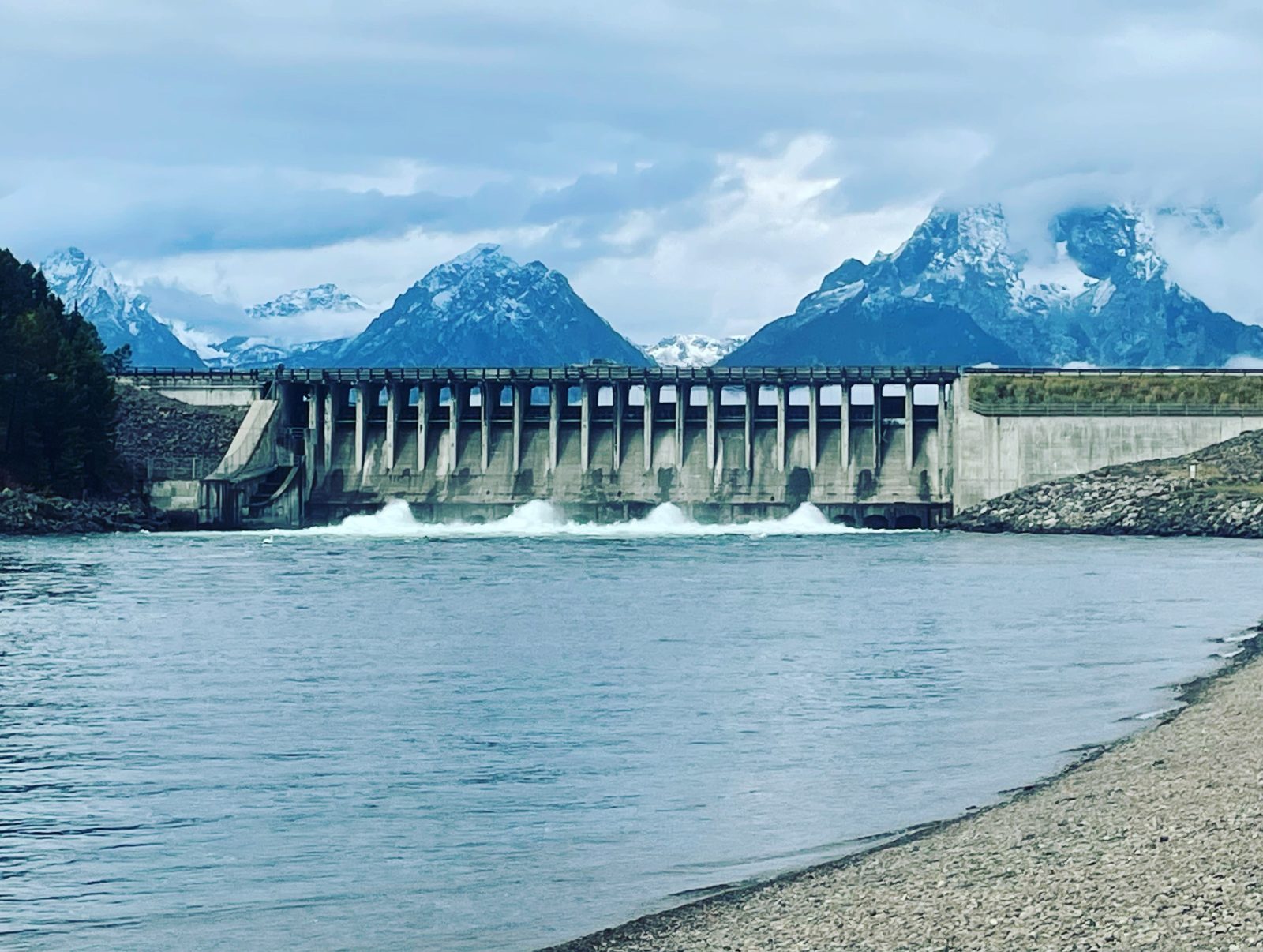
Snake River
Most of the consistent surface action is occurring on the lower reaches from Wilson Bridge down to Sheep Gulch. Mahogany duns, BWOs, and a smattering of October caddis (a few each day) are the primary fare on the water, with the productive hours coming from around 11:30am and finishing up around 5pm. Expect intensified action on wetter, cloudier days. CDC soft hackle nymphs are working as well, and much earlier in the day. Riffles, seams, ledge rock pools, eddies adjacent to submerged structure, confluences, and side channels are key water types you should target.
Streamer fishing is becoming as good of a way to get into fish as any other method. There is not sweet spot during any part of the day. Instead, there is a lot of consistency from 9am until at least 4pm and even later in some cases. And a lot of different holding water is producing. Banks, seams, riffle current margins, and ledge rock pools are the most important to hit, but there is also plenty of action in riffle pools, eddies, and near submerged structure. There is even some production in long, deeper runs well past riffle and confluence tailouts. Use both moderately sized and larger patterns fished with variable retrieves on floating lines or sinking tups in the INT to 3ips range.
South Fork
Flows from Palisades Reservoir are at approximately 3,000cfs. Hatches are not appearing every day, but when they are out expects to see mahogany duns and BWOs from around 12:30 pm until 4 pm with riffles, seams, and side channels offering the most productive holding water to target. October caddis are out in stronger numbers (meaning you could see a dozen to a dozen and a half in a day of fishing) and these are allowing opportunity for production along banks, structure, and in troughs. Moderately-sized attractors can work in the same water. Mayfly, caddis, and stonefly nymph imitations are producing in the same water and also along parallel drop-offs with shallow to moderate depths.
Streamers continue to get into good size and numbers with the best action coming on the lower reaches from Wolf Eddy to Menan. Productive waters include banks and structure with slow to moderate currents, side channels, seams, and the inside current margin of riffles. Both moderately sized and larger articulated patterns are working equally well. Go with floating lines or sinking tips in the INT to 3ips range. 12 feet of sinking tip is working better than shorter lengths. Vary up your retrieves, but focus primarily slow retrieves in slower currents and faster retrieves in faster currents.
Flat Creek
Much of the action has been subsurface except for one to two hour stints from around 11:30 am until 3pm with a wider window on those days with cloud cover and precipitation. On those wetter days, it is possible to get surface eats during that time period with seeing actively feeding fish. Smaller mayfly and chironomid emerger and adult patterns – #16 to #20 are working best, especially those mayfly patterns imitating BWO and mahogany duns. Almost all types of holding water can produce.
Below the surface, it is small streamers, dragonfly nymphs, and damsel nymphs that are working best. These are producing along undercut banks, structure, and deeper pools with eddies and seams. Fish these on floating lines and go with slow, imitative retrieves.
Yellowstone National Park
Firehole River – The typical solid later season we typically get on the Firehole is in full swing from Buscuit Basin down to the Canyon. Micro caddis, BWOs, and chironomids are the primary fare for trout and their imitations are working very, very well. The most productive holding water has been in riffles, the downstream side of structure, and eddies. Concentrate primarily on slow to moderate current speeds. Emergent patterns are outperforming adults. Emergers that are slightly below the film – RS-2s and Day-2 Midge Pupa for example – are working slightly better than those that are surface exposed.
Yellowstone Lake – As has been the case over the past half month, both flats and drop-offs have been productive with drop-offs taking the cake most of the day. Small streamers, damsel fly nymphs, and dragonfly nymphs are all working equally well. Slow to moderate retrieves is the best way to go. Use hover lines and intermediate full sinking lines. The mid-day hours – 10:30 am until 3pm – has been the sweet spot.
Lewis Lake – Solid action on Lewis Lake is occurring as lake trout begin to spawn on shallow flats and brown trout are staging in earnest and have began their run. Action starts as early as 9:30 am and goes well past 4pm. Small to moderately sized streamers are outperforming everything else. Go with hover lines, intermediate sinking lines, and long – 12 feet to 15 feet – sinking tips in the INT to 6ips range and vary up your retrieves.